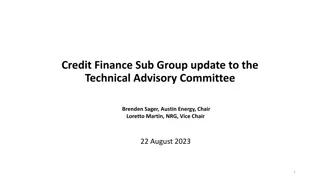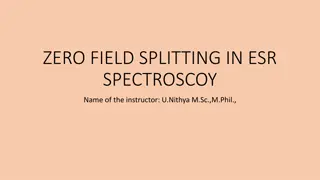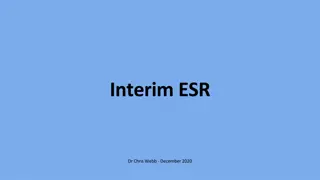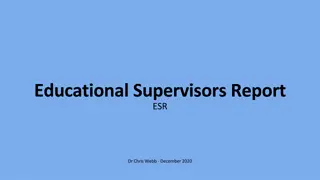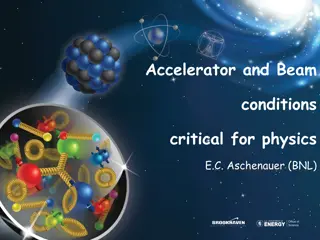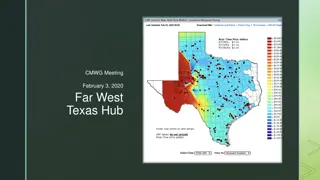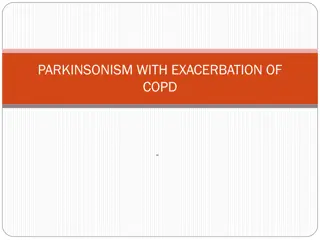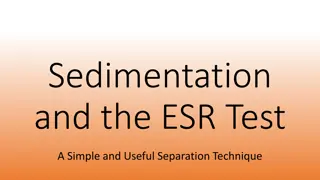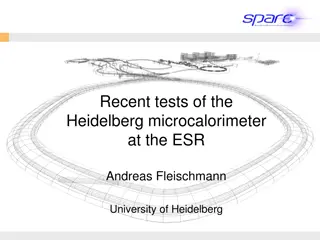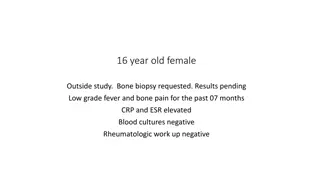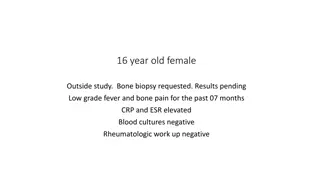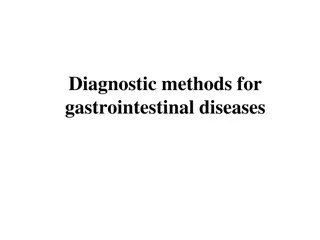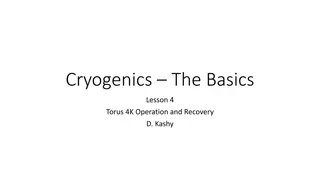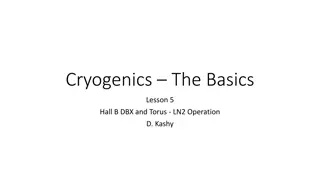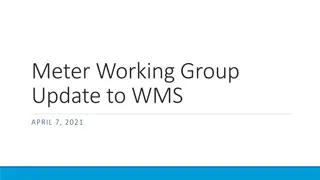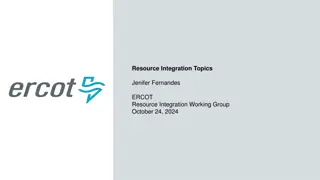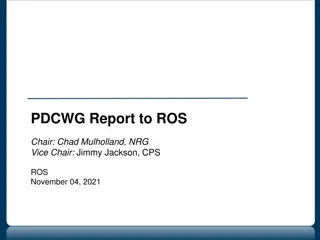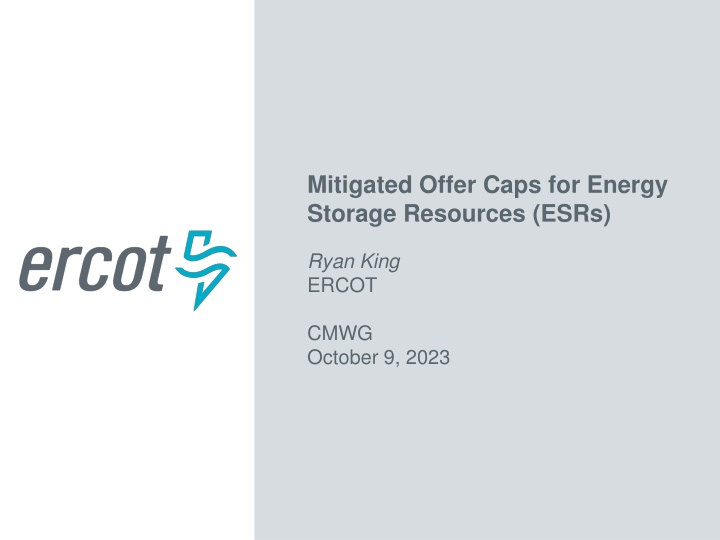
Mitigated Offer Caps for Energy Storage Resources: Recap and Key Questions
Explore the purpose and key questions discussed in the ERCOT CMWG meeting regarding Mitigated Offer Caps for Energy Storage Resources. Get insights on framework recommendations, MOC calculations, and market impacts for ESRs. Discover the differences in mitigation intervals and considerations for integrating ESRs into the grid in this informative session.
Download Presentation

Please find below an Image/Link to download the presentation.
The content on the website is provided AS IS for your information and personal use only. It may not be sold, licensed, or shared on other websites without obtaining consent from the author. If you encounter any issues during the download, it is possible that the publisher has removed the file from their server.
You are allowed to download the files provided on this website for personal or commercial use, subject to the condition that they are used lawfully. All files are the property of their respective owners.
The content on the website is provided AS IS for your information and personal use only. It may not be sold, licensed, or shared on other websites without obtaining consent from the author.
E N D
Presentation Transcript
Mitigated Offer Caps for Energy Storage Resources (ESRs) Ryan King ERCOT CMWG October 9, 2023
Agenda Recap: Purpose and Key Questions Follow up analysis from 9/18 CMWG Review: Applying an NPRR 826 MOC Framework to ESRs Next Steps 2 PUBLIC
Recap: Purpose ERCOT and stakeholders are required to provide a recommendation with respect to a Mitigated Offer Cap (MOC) framework for Energy Storage Resources (ESRs) pursuant to Protocol 4.4.9.1 (1) (b) Discussion today will cover: Follow ups from 9/18 CMWG Discussion Review an additional MOC framework for consideration Discuss next steps 4.4.9.4.1 Mitigated Offer Cap MOC for ESRs shall be set at the SWCAP. No later than December 31, 2023, ERCOT and stakeholders shall submit a report to TAC that includes a recommendation to continue the existing approach or a proposal to implement an alternative approach to determine the MOC for ESRs. (1)(b) Notwithstanding the MOC calculation described in paragraph (1) above, the 3 PUBLIC
Recap: Key Questions to Inform Decision What is being observed today? What is the scope of the issue today and how could it evolve? What are the key inputs for a MOC? How will the market design evolve and how will it impact the participation framework for ESRs? How have other jurisdictions applied mitigation to ESRs? What is instructive for ERCOT? 4 PUBLIC
There is a large difference in mitigated intervals between Resources (Updated by size) Mitigation by ESR 40 35 30 25 20 % 15 10 5 0 0 20 40 60 80 100 120 140 Resource Rank < 10 MW >= 10 MW 5 PUBLIC
SPP No ESR mitigation criteria established. The whitepaper explores various issues and recommendations related to the integration of ESRs into the grid as a resource for Transmission only Transmission and energy Transmission and resource adequacy capacity Issues range from cost allocation, coordination, tariff, procedures, and policy. 6 PUBLIC
NPRR 862 Framework 7 PUBLIC
Background Established a methodology to set MOCs for RMR Resources based on a last in line concept. Purpose was to allow RMR Resources to be dispatched to solve a constraint while minimizing impact on competitive market outcomes from contracted resources. 8 PUBLIC
Methodology 1. Identify all non-RMR Resources that have a 5%* or more unloading Shift Factor on the Transmission Facility; 2. Collect the highest energy offer point for each Resource in step 1 and convert to a Shadow Price equivalent; 3. Select the highest value from step 2 and ensure it is less than the Shadow Price cap for the constraint by $1; 4. Add $0.01 to the value from step 3, multiply by the Shift Factor of the RMR Resource to convert back to an energy offer equivalent, and set as the RMR MOC; and 5. If there are multiple constraints, use the lowest value from step 4. * Default value can be updated by TAC 9 PUBLIC
Potential Application to ESRs Applying similar last in line framework to ESRs would allow these resources to be utilized by SCED to resolve constraints in circumstances that cannot be done today (and must instead be achieved through manual actions). In cases where an ESR has a significant helping shift factor (e.g -0.20 or better) a MOC could be derived using a similar process as outlined on the previous slide. The derived MOC would be just high enough to allow the ESR to be dispatched by SCED if necessary. 10 PUBLIC
Questions/Discussion Are there any initial observations on this concept? What additional issues would need to be considered under this framework? 11 PUBLIC

